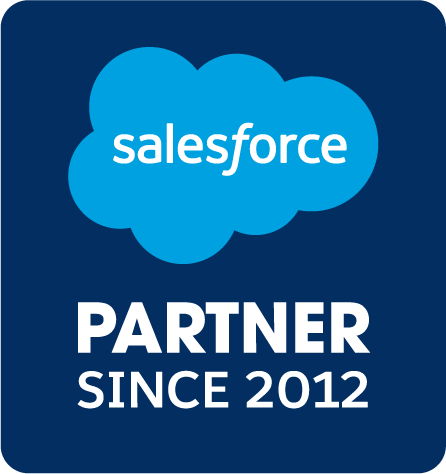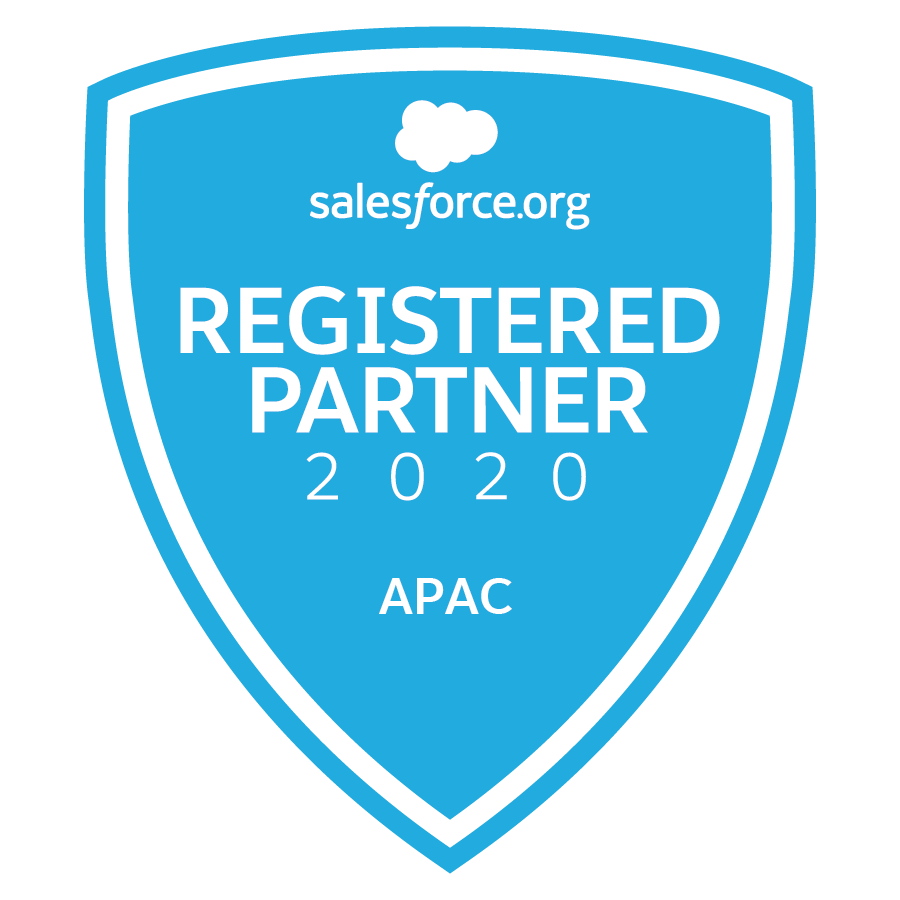I’m in the business of selling Salesforce implementation and support services to people. Part of that is figuring out how much “it” will cost, whatever it is. It’s often the first question we’re asked before we’ve even begun to understand what an organisation needs. And I get that. It’s not every day you go out and buy a new CRM so understanding the scale of the purchase at an early stage is important.
But what we’re rarely asked to assess is the cost of doing nothing.
I have a dishwasher. It’s a perfectly nice dishwasher, but only half of it works. One of the spinny arm things no longer spins. This means I can only ever fill up half of the dishwasher at a time. Should I replace the dishwasher? Of course. Have I gone online to look at what a new dishwasher costs these days? Yes. I’ve done a quick bit of research and have decided that right now, we can’t afford one. I’ve considered the cost of taking action.
What I’ve not done is look at the cost of doing nothing.
I’ve fallen into the trap my customers do. It’s easier and, at first glance, less expensive to do nothing. But if I was to look in detail at the cost of doing nothing, the cost of the water, the dishwasher tabs, the electricity, the rinse aid, my time to unload and load the dishwasher twice as often…..all these costs would add up. Over the course of a year, maybe even six months, it may add up to the cost of a new dishwasher! Who knows.
These “hidden” costs are often hard for organisations to quantify, especially when it comes to staff time. But it’s where we should start, not where we finish.
So when SalesFix engages with an organisation, we like to do some simple metrics to understand what value any engagement might bring.
This changes the conversation from “how much does it cost to roll out Service Cloud?” to “how can you help us reduce our average call handling time by 60 seconds so we can save $500,000 a year in staff costs”. From “how much does it cost to implement a regular giving program on Salesforce?” to “how can we reduce our attrition rate for new donors below the average 40% so that we don’t lose $200,000 a year?”.
These questions are about the value an engagement can bring, not the cost of delivery. And considering the value, an initiative might bring, allows you to prioritise effectively.
If your Salesforce partner isn’t talking to you about value, come talk to us. We’ll fill you in!
I wrote this blog back in January. Before. Before our worlds changed forever. Today, I came back to review it, to update it with some relevant information specific to our COVID-19 world, but as I read it, I see that it is more relevant now than ever before.
In 1930s USA, the President of the time, Franklin D. Roosevelt (FDR), faced some serious challenges. The country was going through the Great Depression, people were out of work and facing economic hardship. Now I’m no historian (I leave that to my wife), and I’m no political analyst (I’ll leave that to others who are much better with words!), so I can’t comment on FDR as a whole, but I do think his approach to getting his country out of an economic depression was a good one.
FDR committed to getting his country out of trouble by spending. He saw the cost of doing nothing as being catastrophic for his country.
When FDR came to power, he had a choice: he could invest in the future and his people, or he could hunker down and look after the top dogs. He chose to spend, to create jobs, to look after the many, rather than the few.
In the words of Pabbie from Frozen II, “When one can see no future, all one can do is the next right thing”. I believe FDR did the next right thing.
We know there are a lot of businesses out there doing it hard. We are all facing some serious challenges and it will take years to recover. I firmly believe that those that hunker down will NOT be the ones that survive. Those that can adapt, change their business model, continue to invest in their futures, and reinvent themselves, will be the ones that survive.
Doing nothing will be the downfall of many businesses over the next few months. The cost of doing nothing will be huge. Where will you be spending money? What, or who, will you be investing in?
And no, I still haven’t bought a new dishwasher! 🙂






